
On the surface, fly fishing streamers may seem like a one-trick pony. You just toss it and retrieve it, right? Well, yes, but there’s also so much more potential in throwing a big nasty fly to the darkest recesses of the river and far too many anglers leave that potential untapped.
In fact, fly fishing streamers can be one of the most effective and adaptable ways to catch any number of trout, from bass and pike to trout and panfish. When nothing else is working, make a few tweaks to your streamer rig and you’re looking at a pretty successful day. Larger fish, particularly trout, tend to feed less than their smaller counterparts, focusing on maybe one large meal every day — if not every other day. Those meals are rare and you can put something in front of them that is large enough to induce a strike.
And, as we begin to close out the summer, temperatures will start dropping and fish will begin to start feeding more voraciously to store up calories before the hard winter. This is true for trout, bass, panfish, pike, you name it. So, keeping these convincing facts in mind, let’s take a deep dive into streamer fishing, offering some key tactics for rigging up your setup, casting techniques, and how to present a realistic retrieve.
Knots & Lines
Before we dive into rigging up your line, we need to talk about knots and fly lines quickly. First, the general idea with streamer fishing is to imitate some sort of living creature including baitfish, frogs, crayfish, and more, so it just makes sense that it should move. A great way to add realistic movement is to use a loop knot at the end of your line for attaching the fly. The non-slip mono loop knot is a great, simple to tie option. By leaving a loop at the end of your line, your fly will be more free to wiggle and dance around in the current, which will be irresistible to fish.
As for lines, you’ll need to decide between a floating line, sink-tip line, poly leader, or full sinking line. We’ll get into this a bit later but, in general, a floating line will work for slower, shallower water, but you’ll need a poly leader or sink-tip line for faster and deeper water, or a full sinking line for deep lakes and holes. As for sink-tip lines and poly leaders, we find poly leaders to be a bit more adaptable and easy to use than sink-tip lines, and they essentially have the same function. This option, from Scientific Anglers, is a great leader for fly fishing streamers.
TIP: You may think of a sinking-tip line or full sinking line as only for going deep. But, they’re also handy because they allow you to fish unweighted or lightly weighted flies at a depth you wouldn’t be able to with a floating line. Try throwing a sinking rig in medium depth or faster water and see what happens.
Streamer Rigs
Streamer rigs can be as simple or as complicated as you want, just like any other aspect of fly fishing. It’s easy to think about things in terms of line/leader/fly but, if you’re willing to fish outside the box and get a little creative, then you’re presenting something a hungry fish has probably never seen before. Here are a few different rigs you can consider, along with the environments in which they work best.
The Classic
Components: Floating line, 6-8ft leader, heavy streamer
Sometimes, you don’t need to overthink it. If you’re targeting fish in slower, shallower water, then all you need is a floating line, leader, and a weighted streamer to get down deeper.
Big Game
Components: Floating line, 12” of 1x tippet, Bimini twist, 5ft of 1x-2x tippet, streamer
If you think you’re going to be getting the attention of something bigger, try the same setup, but with a Bimini twist integrated into your setup, to add some knot strength and a bit of shock absorption as well. While the Bimini twist may be a little intimidating, it’s really not all that hard once you get the hang of it. Here’s a great instructional video.
Medium-to-Deep
Components: Poly leader, 12” of 1x tippet, Bimini twist, 5ft of 1x-2x tippet, streamer
One of the most versatile products on the market is the sinking poly leader, which allows you to easily turn your fly line into a sink-tip line without needing to change up spools. Simply rig it up the same way you’d rig up the Big Game setup.
Double-Streamer
Components: Floating line, 1x-2x tippet, heavy streamer, 2x-3x tippet, light streamer
Particularly for trout, adding a second streamer can add tons of movement and flair, just what you need for a hungry brown. Just like a dry-dropper rig, tie your tippet to the hook bend of a large streamer and drop it down to a lighter streamer.
Deep Holes/Pools/Lakes
Components: Sinking Line, 18” of 25-pound mono, 18” of 16-pound mono
When you need to go deep, there’s no substitute for a sinking line. By adding a full sinking line, you’ll be able to drop the fly into deep pools and lakes where fish are typically hiding during the heat of the day or the depths of winter.
TIP: You may notice that most of these rigs have a shorter length than other dry fly or nymph rigs. When you’re casting, a heavier, shorter leader can help turn over heavy flies and a shorter leader will also help move streamers through the water column more efficiently. When in doubt, a leader between four and seven feet will probably be just fine.
Casting Streamers
One of the most difficult aspects of fishing large streamers is actually being able to cast them. It’s a different beast than throwing light flies but, once you get comfortable with it, you’ll learn that it’s not all that difficult. Here are a few tips:
Less Casts
It’s tiring and difficult to cast a heavy streamer over and over again. So, try to focus on getting your fly to its target in two casts. Slowly draw up your line and make an overhead cast to get your line out in front of you. Then, make a second cast to place the fly. Get into this rhythm and you’ll reduce tangles and reduce the amount of times you slap the water, which will spook fish.
Stop Sooner
A streamer is heavy, which means gravity is going to do its thing and try to bring it back down to earth on your backcast. So, stop your backcast around eye level because the weight of the fly will carry itself farther than normal. This will reduce snags and water slaps behind you.
Use the Belgian Cast
This is not the time to do your best River Runs Through It imitation. Instead, practice the “Belgian Cast,” which is similar to the overhead cast, but keeps constant tension on the line. This will use the tension of the water and the line to give you more power in less casts as you get your fly into the water. It’s a great way to move a heavy fly through the air, particularly if there’s a lot of wind.
Read the Wind
Speaking of wind, it’s incredibly important to use it to your advantage when casting a streamer. First, if you can get the wind to your back, you’ll be able to launch heavy flies as far as your casting arm will allow. Second, if you have a cross wind, try your best to position the wind opposite the side of your casting arm, to reduce the chance of smacking yourself in the back of the head. For example, if you’re right handed, try to position yourself so the wind is blowing left to right across you. If that’s not possible, use a backhand cast across your body or switch hands if you’re lucky enough to be ambidextrous. Lastly, if you’re casting into or across the wind, try to keep your fly as low as possible. This will help reduce how much wind it catches as it moves through the air.
Spey Over Roll
For a more advanced challenge, try using a single-handed spey cast instead of a roll cast. It takes a bit of practice, but this technique is far superior for handling large flies and getting more line out in front of you. Here’s a short video as a demonstration.
Retrieving Streamers
Once you’ve rigged up your rig and have your cast nailed down, you need to figure out what to do with your streamer. Here are a few tip for retrieves:
Rhythm and Moves
In general, a good retrieve is to cast across or down current. It’s a classic for a reason, and it should probably be your first option whenever you’re testing out new waters. But, don’t forget to change up your rhythm and retrieve if things aren’t working. For example, try letting your streamer swing through the current and don’t retrieve it at all. Try retrieving as quickly as you can or slow it down a bit. The point of this point is to change it up. Try upstream, downstream, fast, slow, sideways, dead drift, or whatever you can dream up.
Bass Masters
Here’s a controversial idea: try watching some conventional bass anglers. Say what you will about them, but they know how fish feed and how to move lures deeply through water. What you’ll notice is, first, that they’re also changing up tactics and lures and experimenting, to our earlier point. Second, they’re using movement in imaginative ways. Try jigging your heavier flies off the bottom or let them literally sit still on a rock for sandy bottom for a minute. Try dropping your streamer onto heavy cover like lily pads and gently drop it into the water for an ambush.
You’ll also notice that accuracy is everything. In conventional bass fishing, getting your fly one inch from cover is far more effective than six inches from cover. It makes a difference. The same is true for fly anglers targeting just about any species. You need to get the fly to where the fish are, and that means working on your casting accuracy, delicacy, and placement.
Read the Energy
Streamer fishing is fun because it requires movement and engagement. But, one mistake we see anglers making is getting too caught up in the movement. Because other forms of fly angling require dead drifts, it’s easy to maintain a consistent presentation. But, when you’re fly fishing streamers, it’s easy to get caught up in the moment and let excitement get the best of you — or, on the other hand, to let fatigue and repetition to weight you down. The consequence of this could mean overdoing it with your retrieve and casts or getting lazy and sluggish with your retrieve and casts. Do your best to pay attention to what the fishing requires, not how you feel at any given moment. Sometimes it may be fast, other times it may be slow, but let the fishing decide.
Slack is Wack, Mend is Your Friend
When you’re fly fishing streamers, you need to be ready at any given moment to set the hook. If you have a bunch of slack in your line, chances are you’re going to lose that fish by missing it altogether or getting an improper hook set. Keep your line taut at all times. And, you can use mends to extend your drift or change the direction of the fly at a moment's notice, much like you would when you’re drifting nymphs through current. Simply pay out some line, mend it, and tighten up the slack.
The Best Fly Rods for Streamer Fishing
You can get away with a lot in streamer fishing. We’ve all had that moment of desperation where you put a size two Meat Whistle on your four weight, and you may have even gotten away with it. But, if you’re looking to up your game and make the most out of fly fishing streamers, then you’re going to want the right tool for the job.
If you’re tossing small streamers for trout and panfish, a five-weight rod will do the trick. But, in most circumstances, you’re going to want at least a six-weight rod, if not a seven-weight or eight-weight rod. Of course, if you’re fishing saltwater, an eight-weight rod or heavier is key, but we’re focusing on freshwater in this article.
Our Vesper and Drifter II rods are great all-around options and both come in six-, seven-, and eight-weight options. If you’re targeting larger fish and want to toss large flies, then we’d recommend the Outcast II or Midnight Special II, which have a faster action for turning over larger flies and overpowering high winds.
So, are you thinking any differently about streamer fishing? It’s a great pursuit because it’s so adaptable. With the introduction of movement, it creates all sorts of creative opportunities to entice fish into the thrill of the chase. All it takes is a little bit of practice and you’ll be strip setting your fly in no time.


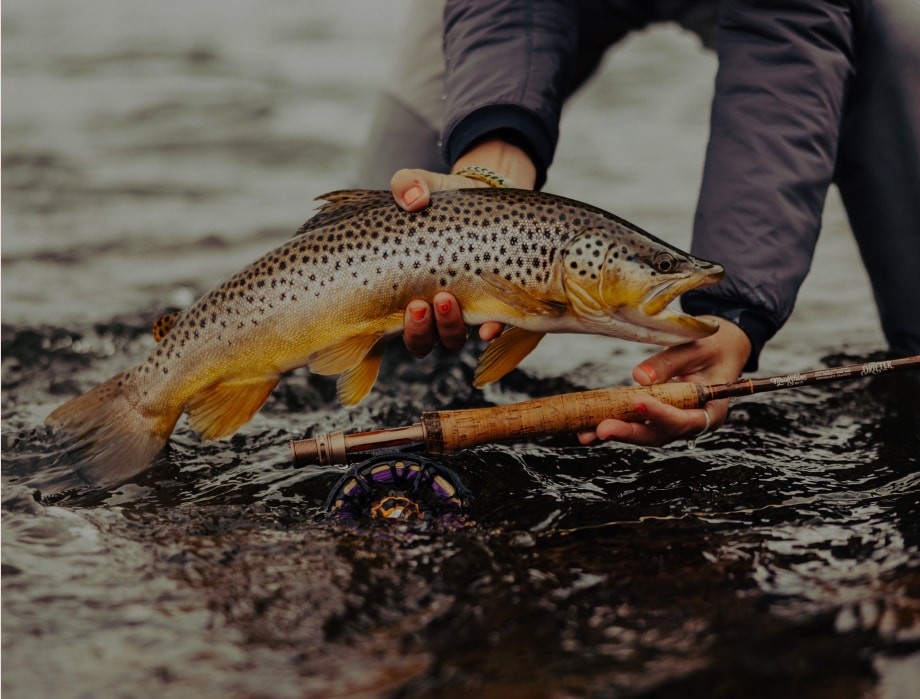
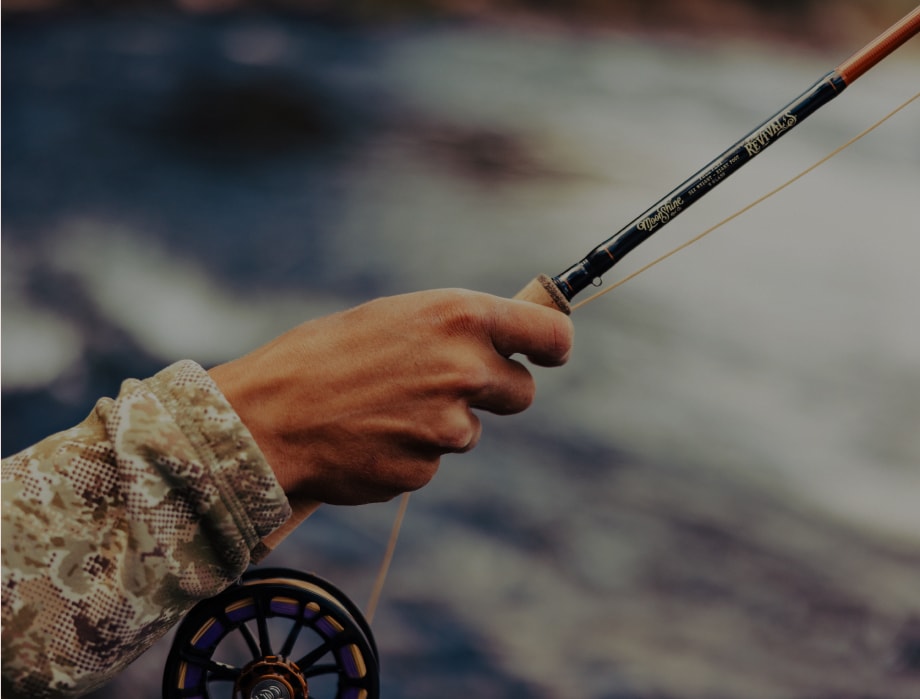
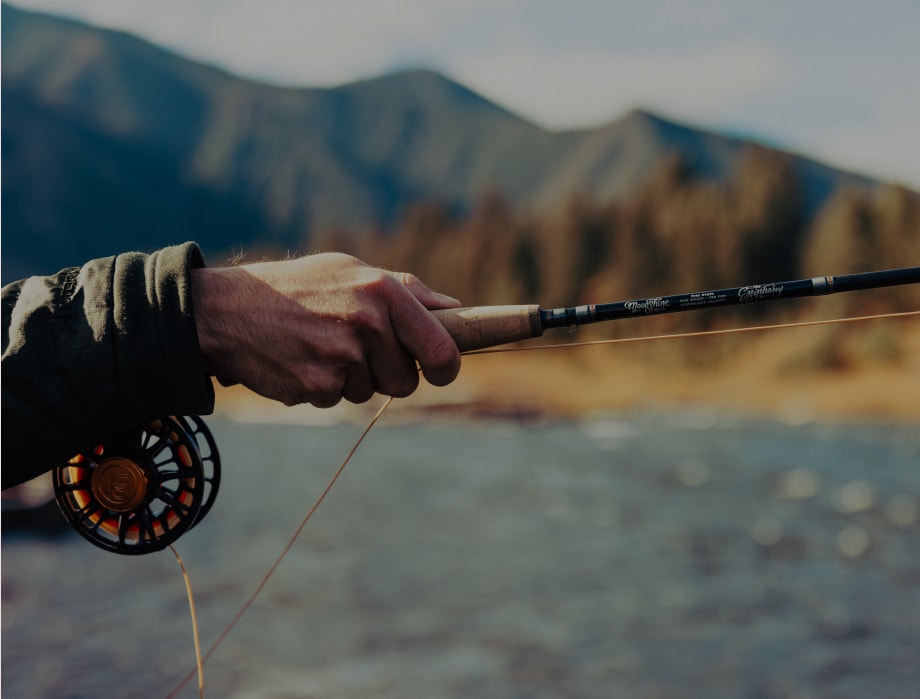
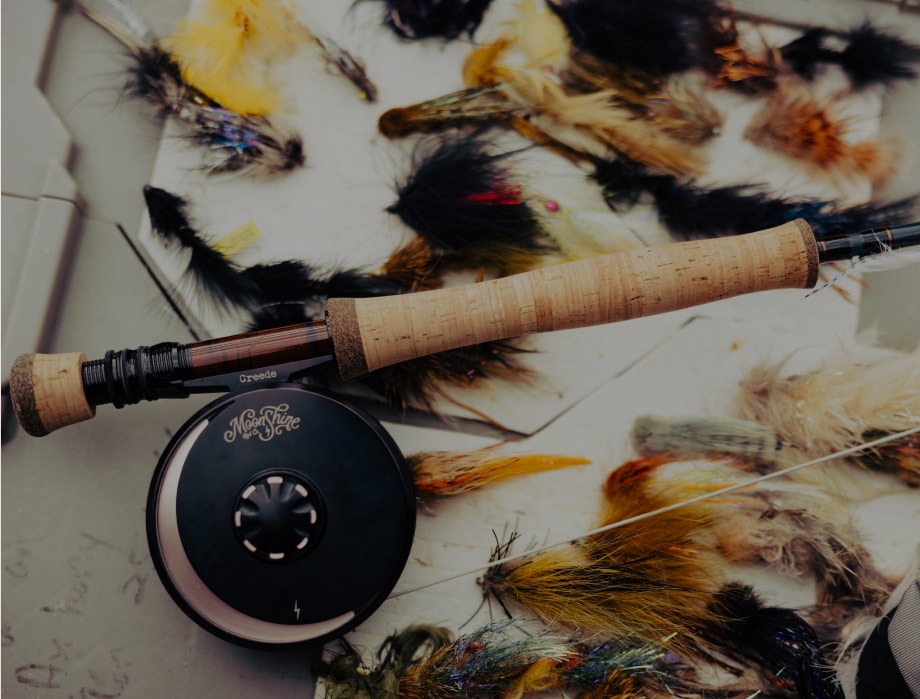
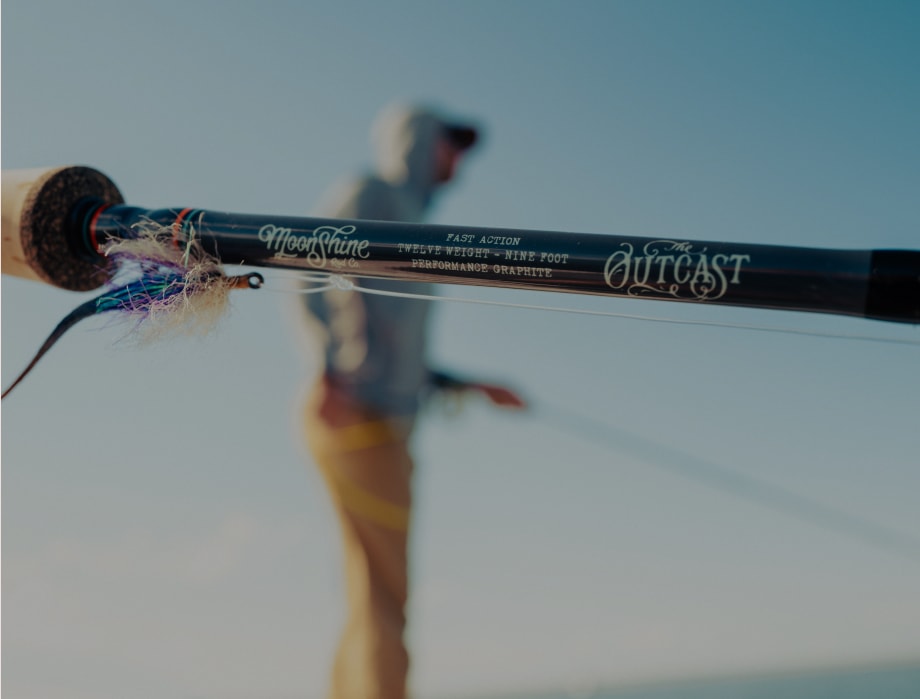
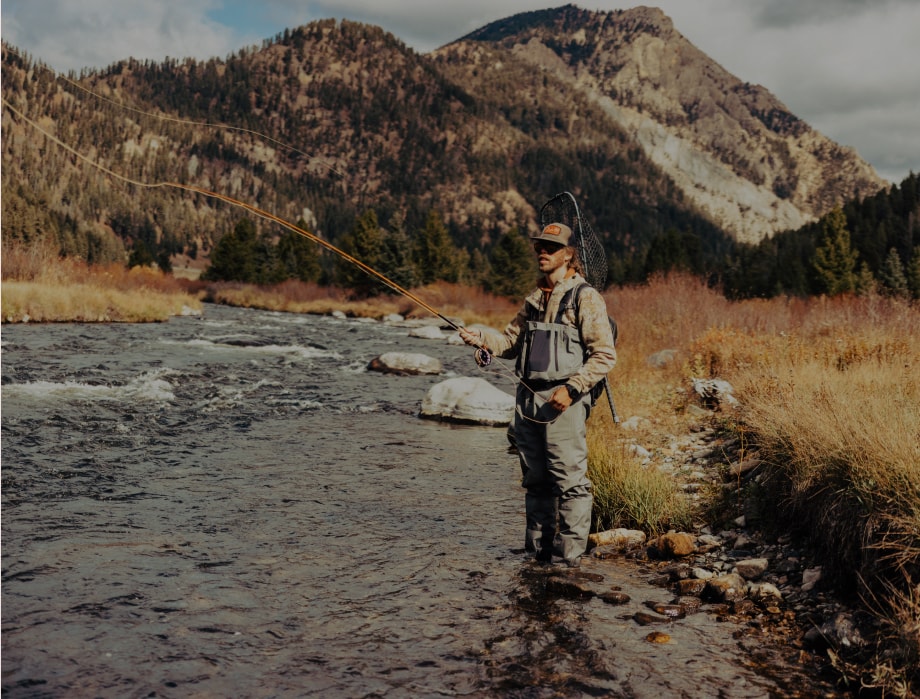
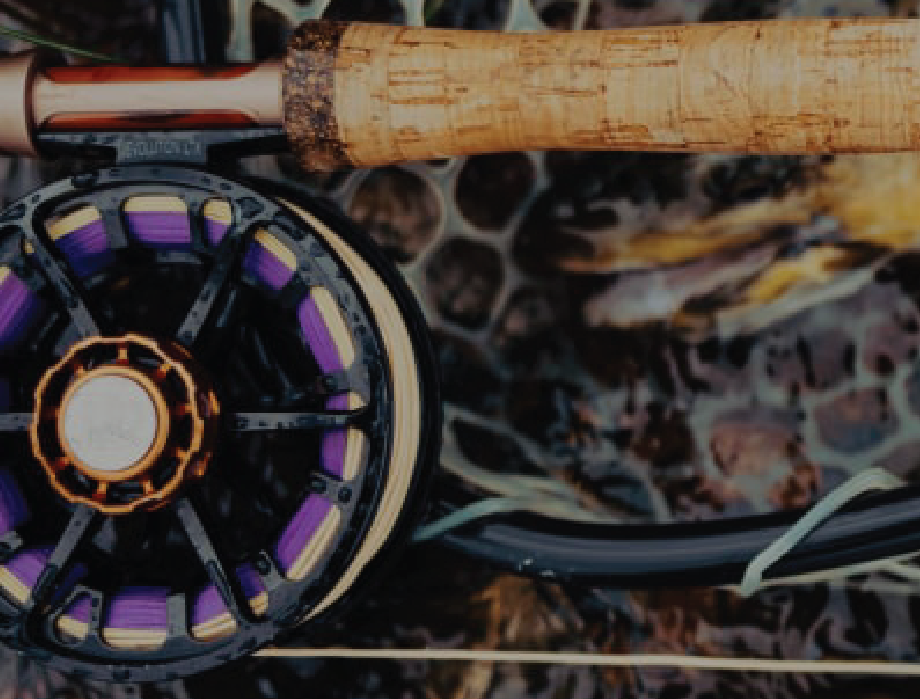
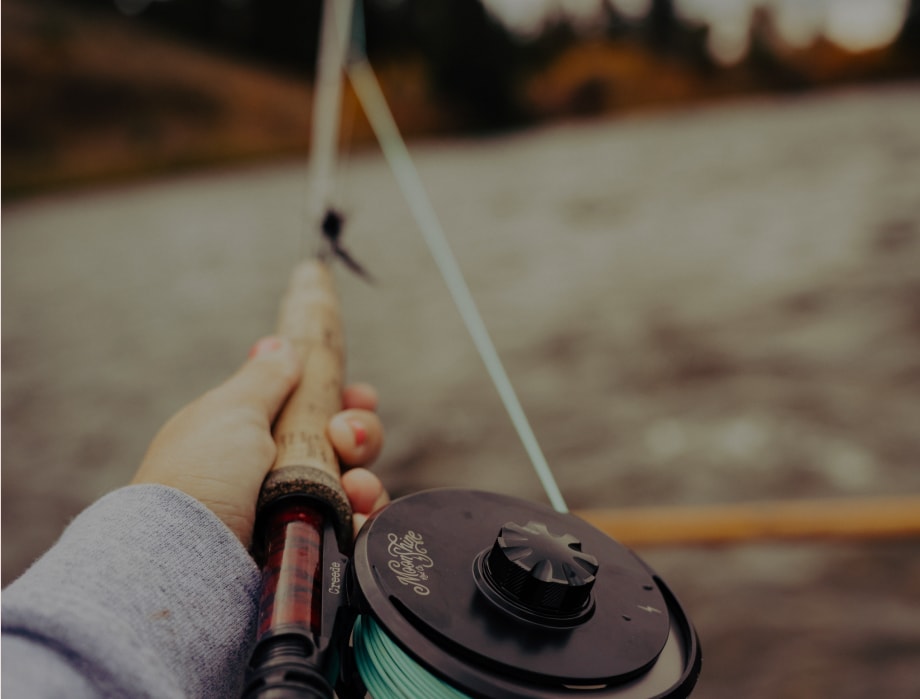




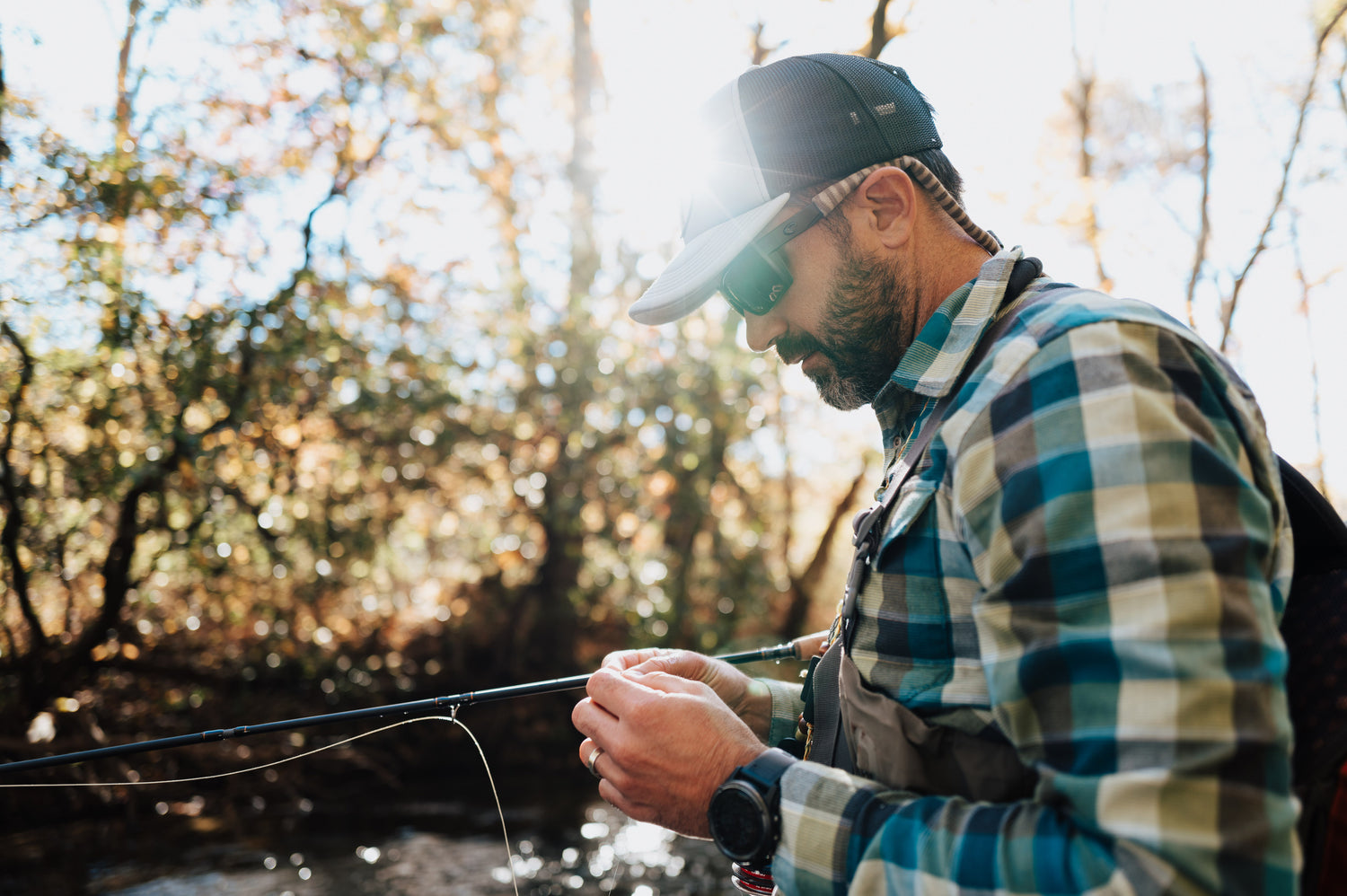

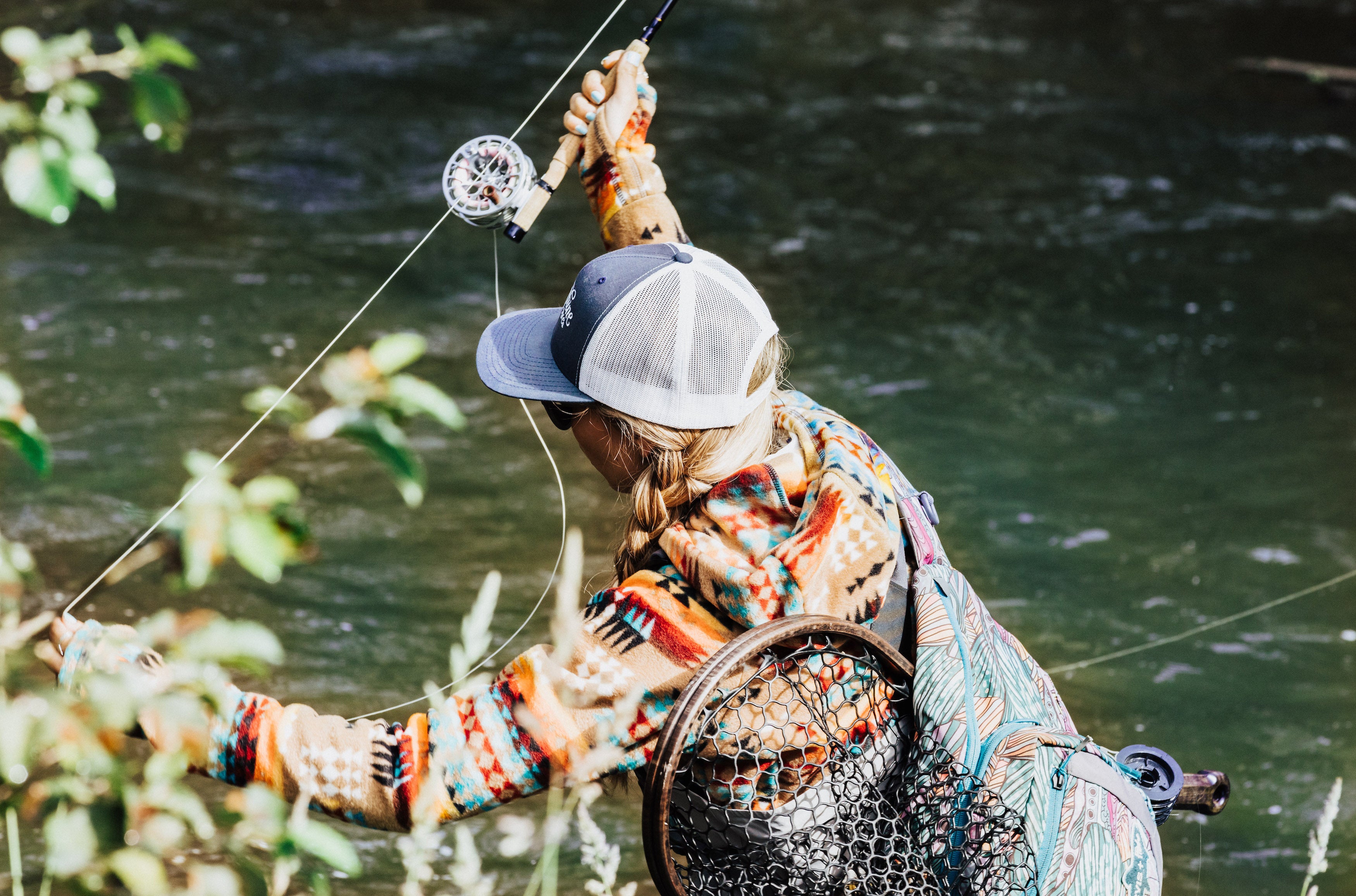
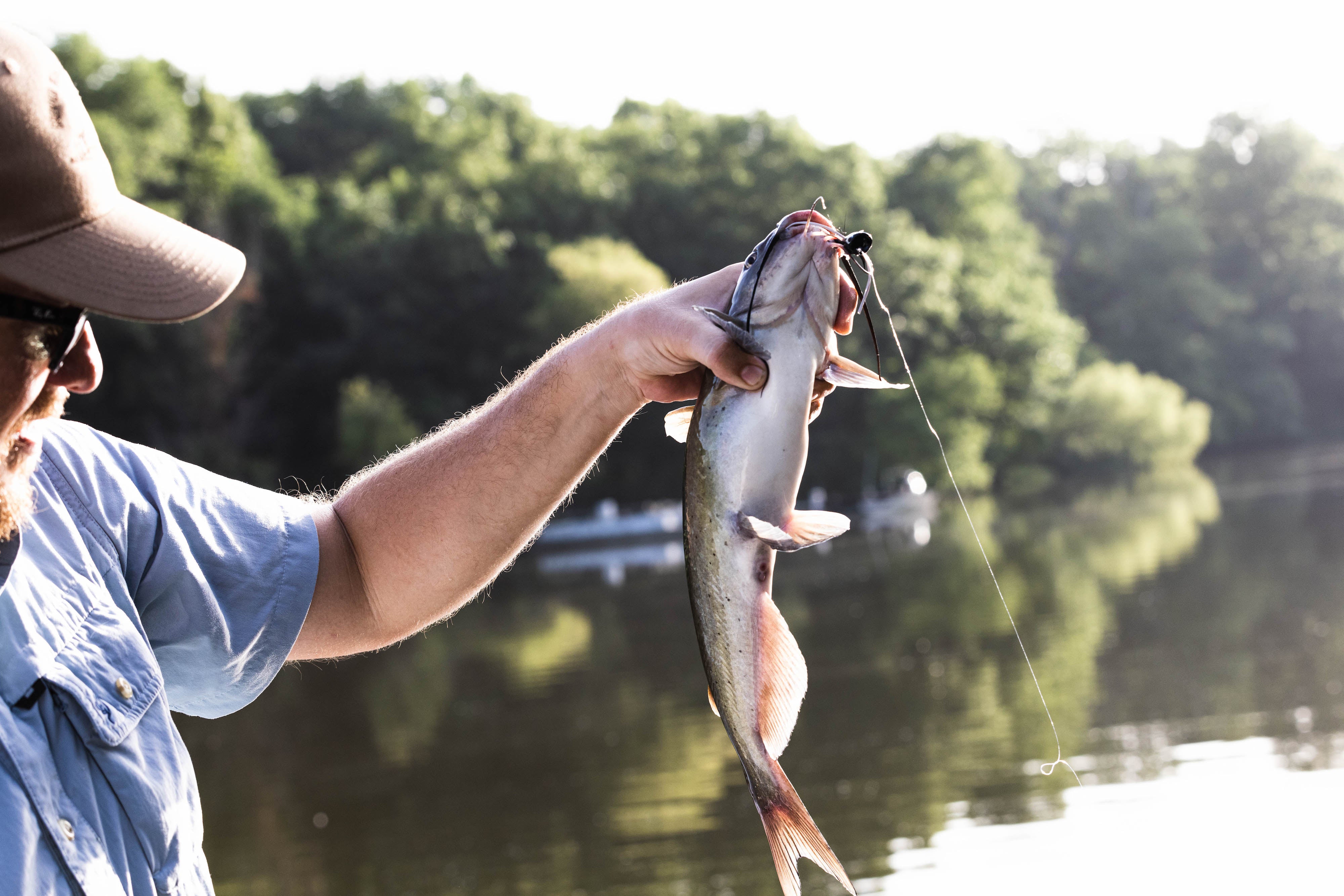
1 comment
Mark MacLellan
What is the crawdad fly in the photo?
Is it available???
Cheers-Mac
Leave a comment
All comments are moderated before being published.
This site is protected by reCAPTCHA and the Google Privacy Policy and Terms of Service apply.